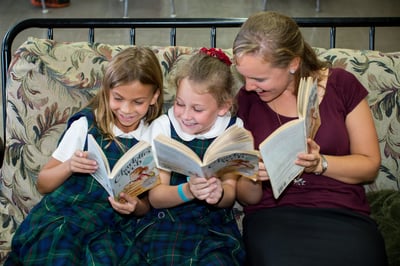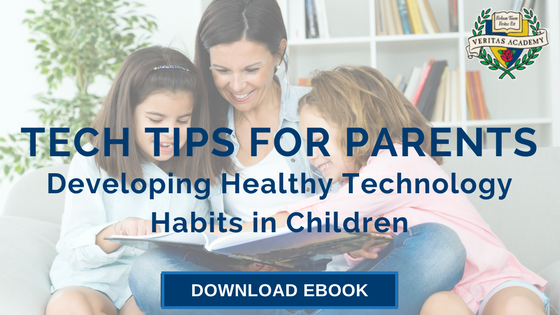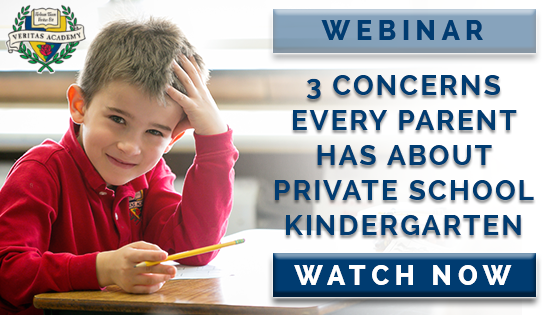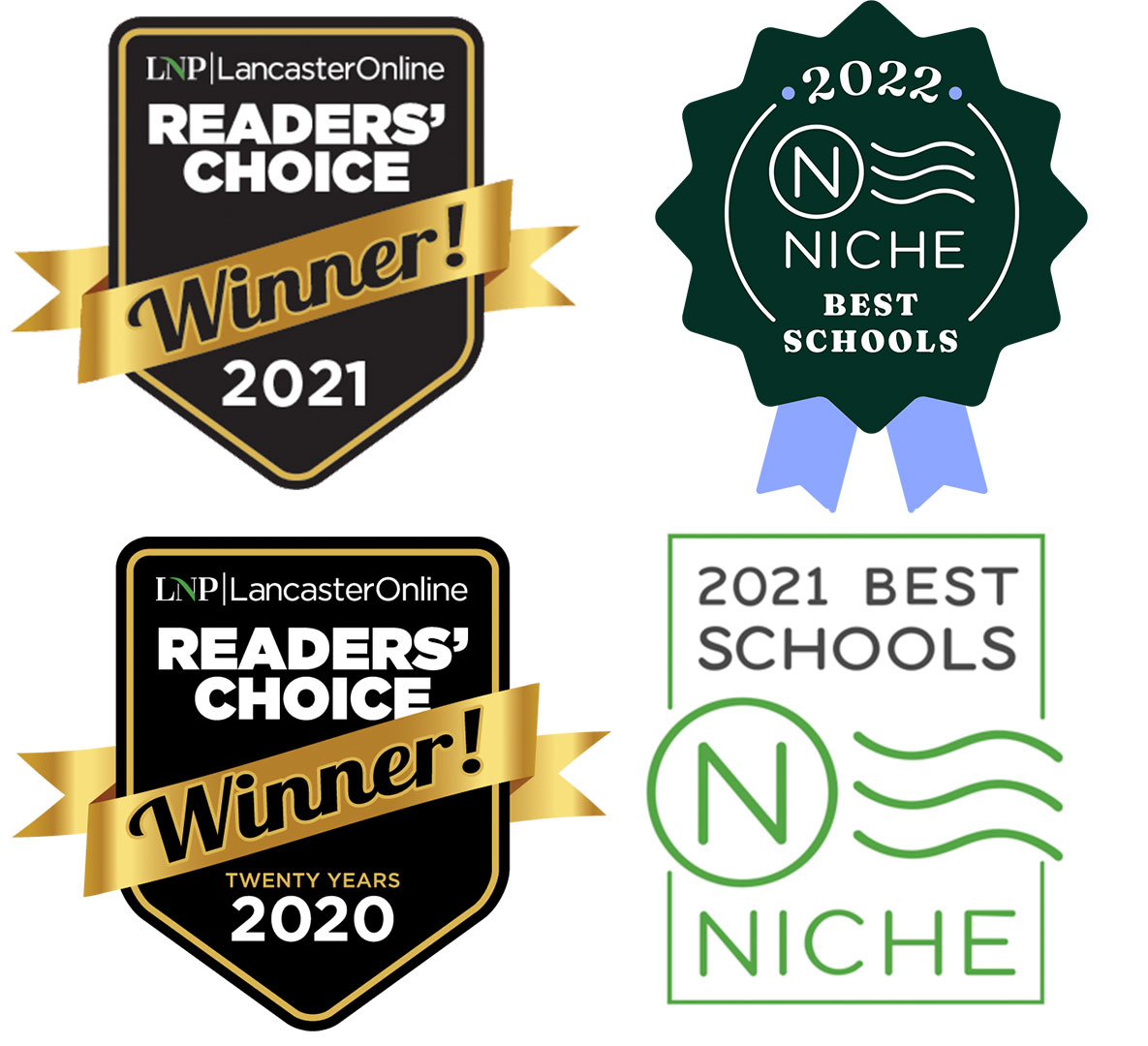.jpg?width=400&name=Katie%20Zappitella%20(1).jpg)
(Written by Veritas third grade teacher, Mrs. Katie Zappitella)
The dreaded question…
Towards the end of the school year, a school tour stopped by my classroom to talk with me. After answering a number of relatively normal questions, a prospective parent asked one that I usually answer with some degree of fear and trepidation:
“What kinds of technology do you have available for your students?”
The answer for third grade is, “Well, really, none.”
There are websites we send home to parents where students can review math and geography. Sometimes I show pictures or videos I find online, but I have to carry my small laptop to the front of the room and gather the students around it. I do have an iPad for the classroom as well, but unlike some of the other teachers I haven’t found the best way to integrate it into my classroom routine.
To be perfectly honest, this is because I haven’t found the need to do so. I love my mostly-technology-free classroom. However, I know that, compared to public schools, the room can look deficient and behind the times. With these thoughts running through my mind, I was pleasantly surprised when the prospective parent enthusiastically responded, “Oh, that’s great!” to my explanation.
Technology or no technology?
There is no doubt that technology gives us many valuable teaching resources. Online classes, Quizlet, the entire internet available for research (minus Wikipedia, perhaps), videos and pictures, educational games, and interactive maps are just a few of the great tools we now have, and I am thankful for them! There is much to be said, however, for teaching students with limited technology.
Here are some of the greatest benefits I have found in teaching with limited technology:
1. Social interaction
Rather than using an iPad for math facts or Quizlet for reviewing Latin vocabulary while in school, my students rely on each other. They work in pairs or in groups, quizzing each other with flashcards or creating their own review games using whiteboards or the chalkboard. They learn to work together and to help each other, even if they are paired with someone with who they may not get along that well. Friendships deepen, memories are made, and valuable lessons are learned.

2. Discovering books
I do use the internet for research, and I frequently show pictures I have found there. However, as often as possible I find books in the classroom that have great pictures or stories. After I show the specific pages I need, I leave the books up by the chalkboard at the front of the room. There is always great demand for these books. The students thoroughly explore them and discover amazing architecture, fascinating artifacts, or stories that build on the things we have already discussed.
I love watching them love books. Sometimes a student will come back a few days later with a book they discovered at the library that relates to what we’re learning. When that happens, the student’s desk is crowded as classmates gather around to explore the new book.
3. The joys of hands-on learning
On the last day of school, I ask the students what some of their favorite activities were during the year. Their answers always involve the hands-on learning experiences.

They talk about the Greek Olympics, which helps them remember how these iconic games started and what their purpose was far better than a YouTube video would. Another favorite is the Trojan Horse, which set the scene of endless reenactments of battles between Hector and Achilles. Edible Roman roads allow the students to build the layers of these incredible roads and see what made them last – only using chocolate chip pebbles, graham cracker and butter sand and gravel, chocolate pudding and whipped cream concrete, and Nilla Wafer paving stones. (These roads don’t last nearly as long as the Romans’ did!) Every spring, five to seven models of Pompeii are constructed and summarily destroyed. Pliny the Younger shows up as a Lego figure and escapes the chaos in order to write the history of the eruption. There is also room for creative license: this year, even LeBron James ended up in Pompeii.
I treasure these moments of dirty hands, creative role playing, and first hand experiences. They make learning memorable and exciting.
 4. The art of storytelling
4. The art of storytelling
While there are many well-researched and filmed documentaries, commentaries, how-to’s, etc. online, I have found that one of the best ways to communicate information in the classroom is through in-person storytelling. It does require some research ahead of time for me (hooray for Google!), but then I am able to dramatically interpret the events to my students. This allows me to adjust to their needs: emphasizing and digging deeper into what excites them; grabbing their attention back when it wanders; presenting certain sensitive subjects in an age-appropriate way.
I love watching the students’ faces as they listen. I also enjoy hearing them retell the stories to their classmates or to their families. A story is a powerful medium for teaching truth, and I appreciate the ability to use it so freely in my classroom.
There are certainly ways that technology can benefit both teachers and students. But we all have plenty of time to use these resources outside of school. The ability to interact closely with my students and to watch and teach them to interact with each other without extensive use of technology is a blessing for me as a teacher. Each year I look forward to knowing my students well, watching them grow and learn, and sharing a love of learning with them!






